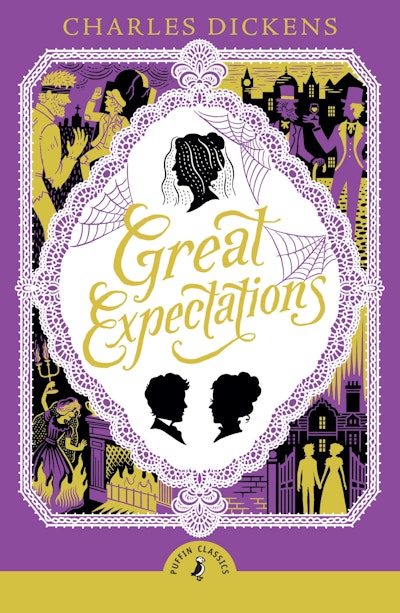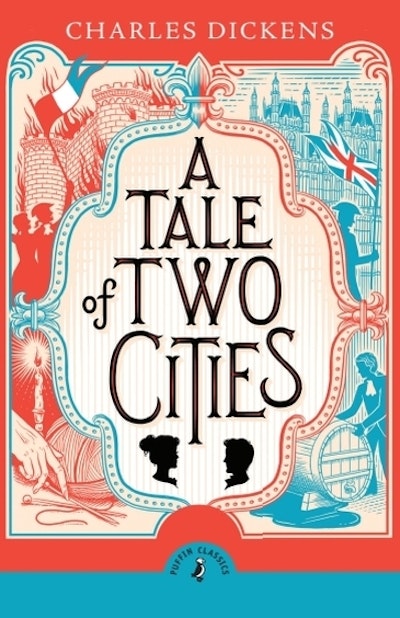A delightful holiday collection that includes “A Christmas Carol” and other classic Charles Dickens Christmas stories.
As much a part of Christmas as mistletoe and carolers, Dickens’ “A Christmas Carol” was once read publicly on Christmas Eve each year by Dickens himself. This heartwarming tale continues to stir in us the same feelings of repentance, forgiveness, and love that transformed Ebenezer Scrooge from grumbling, “Bah! Humbug!” to sharing Tiny Tim's happy “God bless us, every one!”
Dickens’s other Christmas stories prove as rich as his most famous. “A Christmas Tree” describes a Victorian Christmas as seen through a child’s delighted eyes. “Christmas Dinner” celebrates the reunion of a divided family, while the Christmas chapters from The Pickwick Papers move from the exhilaration of a Christmas wedding to a shivery ghost story that foreshadows the spirits seen by Scrooge. Warmly nostalgic and beautifully written, the Christmas stories of Charles Dickens deserve a very special place in our memories and our hearts.










